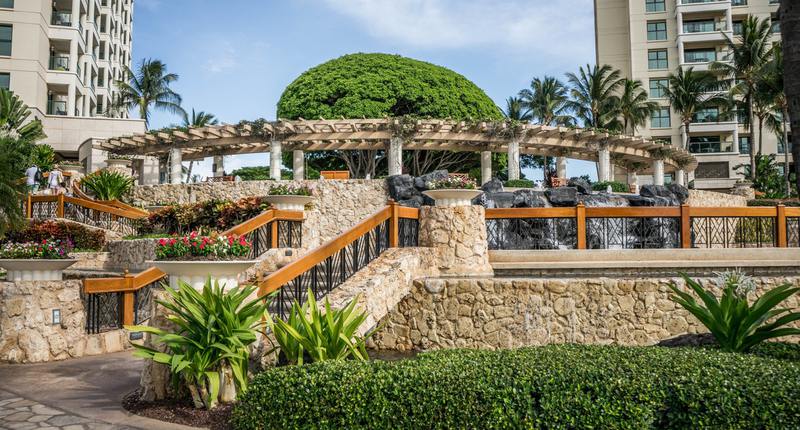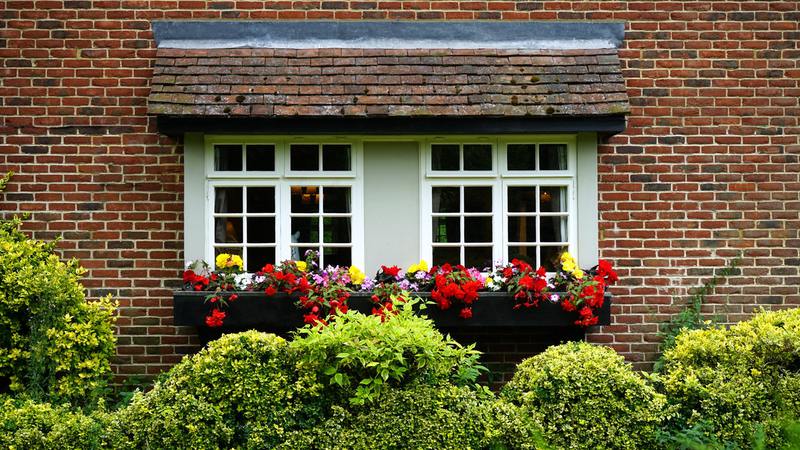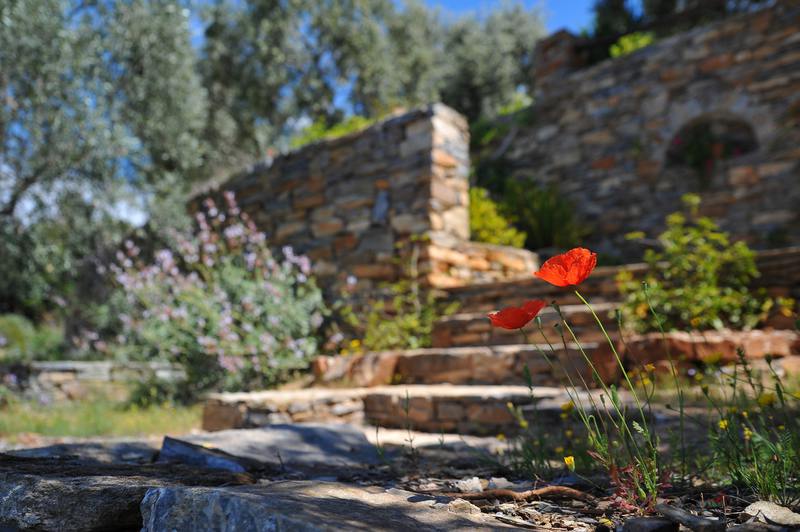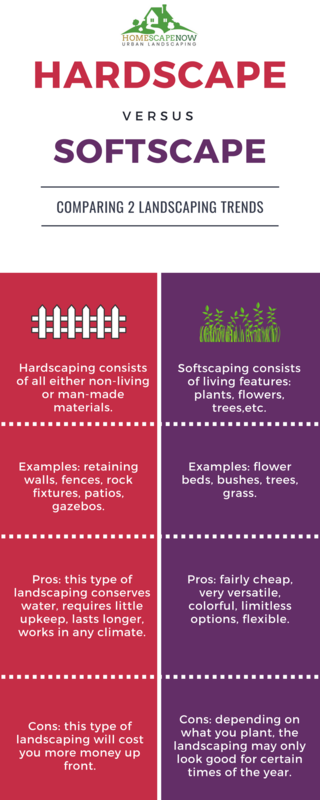Hardscape Vs. Softscape

Hardscape Vs. Softscape
You may have heard the terms ‘hardscape’ and ‘softscape,’ especially if you have been keeping up with current landscaping trends and news. What do they mean? Is one better than the other?
Let’s take a detailed look at what these two terms mean in the landscaping world, as well as the pros and cons of each trend. You may even get some great new ideas for your own landscaping!
What is Hardscape?

Let’s start with hardscaping. What is it?
Hardscaping is a design that is constructed using both man-made and natural, non-living materials. This means landscaping details like concrete and stone walkways, retaining walls, patios, decks, potting containers, stepping stones, and other designs that use wood, sand, stone, brick, pebbles, metal, and other hard materials.
Good examples of hardscaping include tile patios, wrought-iron fences, pergolas, wooden arbors, gazebos, and other man-made structures.
Almost every well-planned landscaping project has some hardscaping involved. Even aspects as small as a stone retaining wall or wooden garden boxes can be considered hardscaping, as long as man-made and/or non-living materials are used.
Drainage is something important to keep in mind if you are designing hardscape elements in your yard. Depending on what you are building or having built, you may need to include artificial drainage to keep your soil high quality, and ensure that your plants get enough water. Having properly executed hardscaping is wonderful for your garden, the design of your landscape, and for your local ecosystem. There are even horticulturalists opting for more hardscape over other types of landscaping for their properties, as it allows you to save water while maintaining a more beautiful property.
Hardscaping is also used regularly in indoor gardens. You can use planters, pots, and other man-made details to turn your indoor plants into a gorgeous display that adds to your decor. Examples of inside hardscaping include pebbles, sand, shelves, racks, fountains, planters, and pots.
What is Softscape?

Softscape is pretty much the opposite of hardscape. This trend in landscaping comprises the living, horticultural elements of landscaping design. It focuses solely on the plants.
Examples of softscape include your lawn grass, flowers, trees, and any other living plants you have as part of your landscaping.
Softscape does a great job of softening the hard edges that hardscaping creates. For example, a patio is most likely all hard lines, and using flowers or other plants around a patio can blur the edges and bring the whole look together. It gives your landscaping a better flow.
The Pros and the Cons

So what are the positives and negatives of hardscaping and softscaping?
The Positives
Hardscaping has quite a few positive qualities – it saves you water, the work you have done will last much longer than softscaping, and a lot of it is incredibly functional. This type of landscaping is wonderful in areas suffering from drought, and is also perfect in any type of weather.
Softscaping is much more affordable. The cost of seeds, plants, mulch, and decent soil are much less than man-made materials.
The Negatives
Hardscaping can get extremely steep in price. Stone, wood and other materials can cost quite a bit, and if you hire someone to complete the job, that will cost you a decent amount as well.
Softscaping won’t last as long as hardscaping. Plants die, and most of them don’t bloom continuously throughout the year. You also have a lot more options – you will have to weigh your options between annuals, perennials, what colors you want, etc. This can be good, but it can also make planning much more difficult.
Our Final Thoughts

So which one is better?
We think they are both equally wonderful – each has some amazing benefits and some potential setbacks. To bring out the best in both landscaping trends, we recommend using both in your yard.
They both compliment the other beautifully, and together they will create a gorgeous landscape for years to come.





